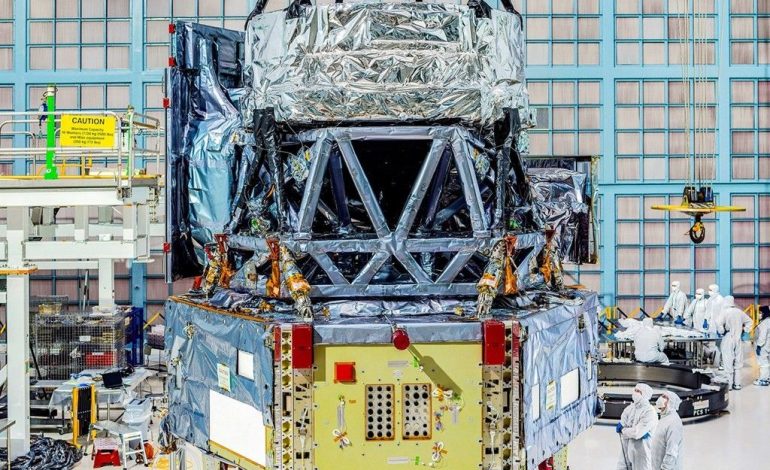A novel alloy with an unusual property—shrinking when heated and expanding when cooled—is emerging as a potential game-changer for the next generation of ultra-stable space telescopes, NASA reports.
Developed by ALLVAR with support from NASA, this material could play a crucial role in the effort to identify habitable exoplanets.
The alloy, known as ALLVAR Alloy 30, exhibits negative thermal expansion (NTE), making it uniquely suited for reducing the structural distortions that can affect high-precision observations in space. The stability of such structures is essential for NASA’s ambitious Habitable Worlds Observatory, a future mission designed to search for signs of life beyond our solar system.
To detect the faint light from Earth-like exoplanets orbiting distant stars, space telescopes will need to achieve a contrast ratio of one to one billion—a feat that demands extreme thermal and mechanical stability. According to NASA’s estimates, future telescopes will need to be 1,000 times more stable than today’s state-of-the-art observatories, such as the James Webb Space Telescope or the upcoming Nancy Grace Roman Space Telescope.
Material stability has long been a limiting factor in telescope design. Current materials such as aluminum, titanium alloys, and Invar offer relatively good performance, but they fall short of the 10 picometer stability required—approximately one-tenth the diameter of an atom.
To meet this challenge, researchers at NASA’s Marshall Space Flight Center and Jet Propulsion Laboratory, in partnership with ALLVAR, developed a hexapod structure using ALLVAR Alloy 30. When tested at the University of Florida’s Institute for High Energy Physics and Astrophysics, the structure achieved a stability of 11 picometers per square root hertz, close to the observatory’s required threshold.
The alloy’s -30 ppm/°C thermal expansion coefficient at room temperature contrasts sharply with conventional metals like aluminum, which expands at +23 ppm/°C. In a hybrid structural assembly, this property allows the alloy to counteract expansion in surrounding materials, resulting in nearly zero net movement—critical for precision optics.
The material has also been tested successfully for thermal strain compensation, cryogenic performance, and mirror shape stability, with less than a 5-nanometer change over a 28°C temperature shift. These findings underscore the alloy’s potential for a broad range of high-precision applications.
Beyond telescopes, NTE technology is being explored for use in thermal switches, infrared optics, and bolted joints, including NASA’s Lunar Surface Electromagnetics Experiment-Night (LuSEE-Night) project, part of the Commercial Lunar Payload Services (CLPS) initiative. In that mission, the alloy contributes to passive thermal regulation aboard a payload destined for the Moon.
The success of ALLVAR Alloy 30 has also led to expanded material property testing and commercial production, funded in part by NASA’s Small Business Innovation Research (SBIR) program. These efforts have generated a robust dataset including mechanical strength, thermal conductivity, fatigue resistance, and micro-creep behavior—important steps toward qualifying the material for broader aerospace and terrestrial use.
As a result of this progress, the ALLVAR team is now developing next-generation alloys with customizable expansion properties, including near-zero coefficients of thermal expansion. Potential applications range from quantum computing and nuclear engineering to medical imaging and defense systems.










The latest news in your social feeds
Subscribe to our social media platforms to stay tuned